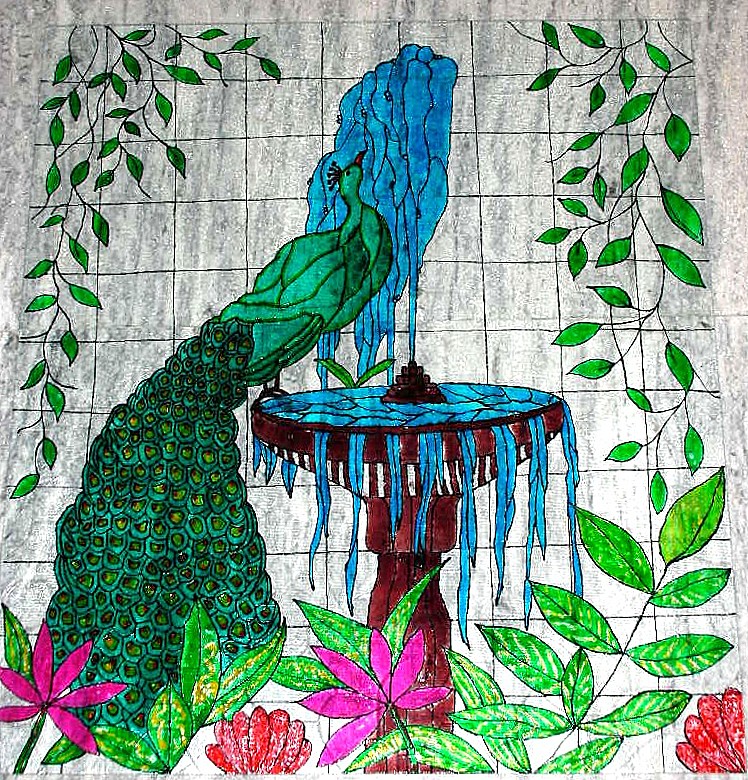Warli Painting - Contemporary Tribal art of India
'Warli' is a tribe from Maharashtra. I had come across these kind of paintings while at school, but unaware of its name and origin. Years later this style became more popular and accessible.
The Painted World of Warlis, is said to carry on a tradition stretching back to 2500 or 3000 BC, similar to the murals of 500 and 1000 BC.
This is what the Tribes of Warli is said to have painted on the walls of their Hut. Clean unflaked walls, smeared by a layer of Cow-dung or red ochre earth, was their 'canvas' and the subject was based on simple forms of life and Mother Earth. Such as the circle inspired by the Moon and Sun, the triangle based on the mountains and trees, and the square, which has no natural equivalent and therefore used to symbolize sacred enclosures. Human bodies always represented with two triangles, which were given extraordinary quality of life and movement. It was just striking and refreshing.
'White' was always the color used for painting. Their white pigment is a mixture of rice paste and water with gum as a binding. They use a bamboo stick chewed at the end to make it as supple as a paintbrush. The lack of regular artistic activity explains the very crude style of their paintings, which were the preserve of the womenfolk.
Time for some innovation…
There were the few packets of colorful oxide powder lying in the garage. viz. Red-Oxide, Black, Blue and Green. Those were leftovers from my earlier Interior Designing experimentation.
For the surface - White hand spun cotton cloth was mounted on a board.
For the background - Paste of oxide dye and gum (binding agent).
For painting - Water based white paint.
Finally, here is the outcome.







